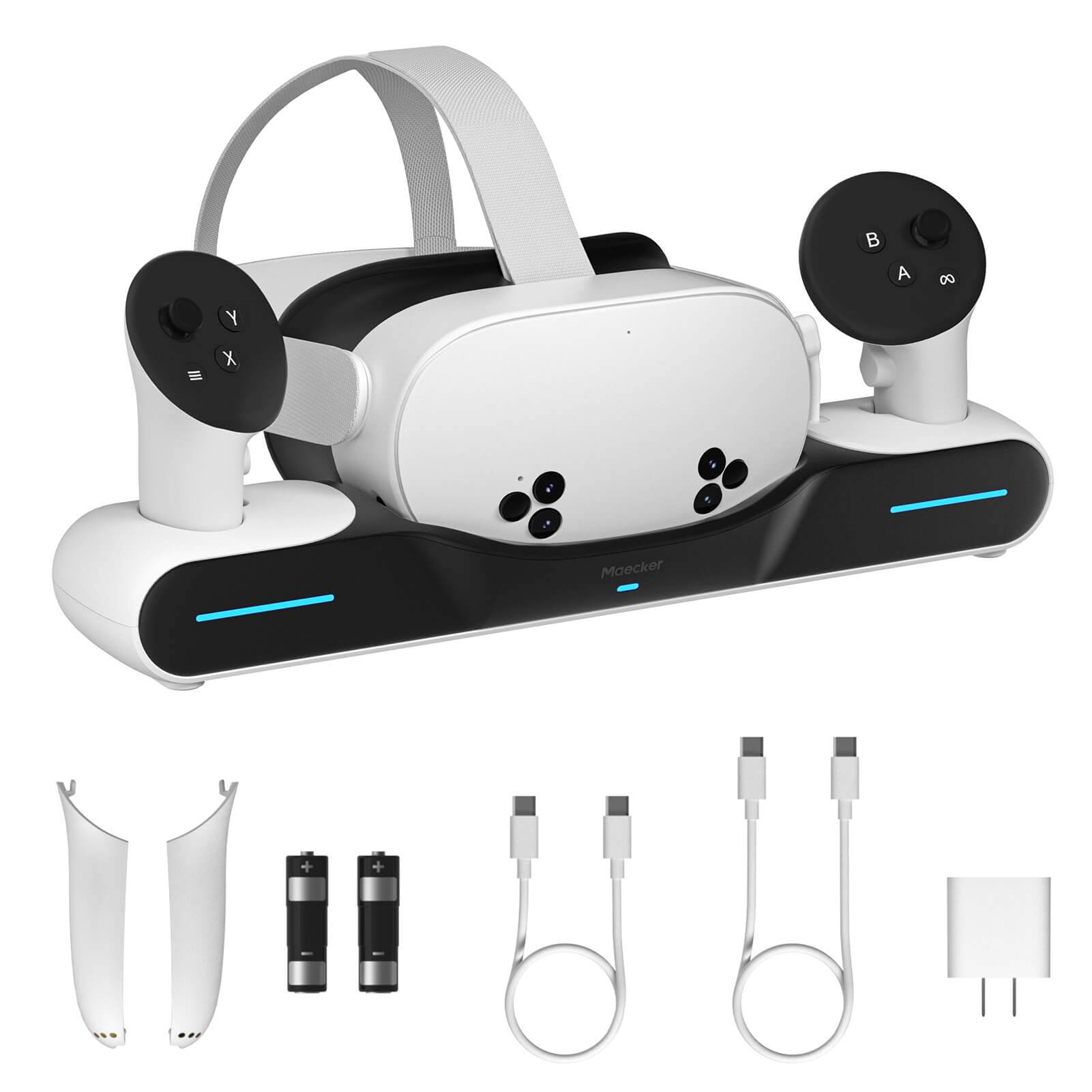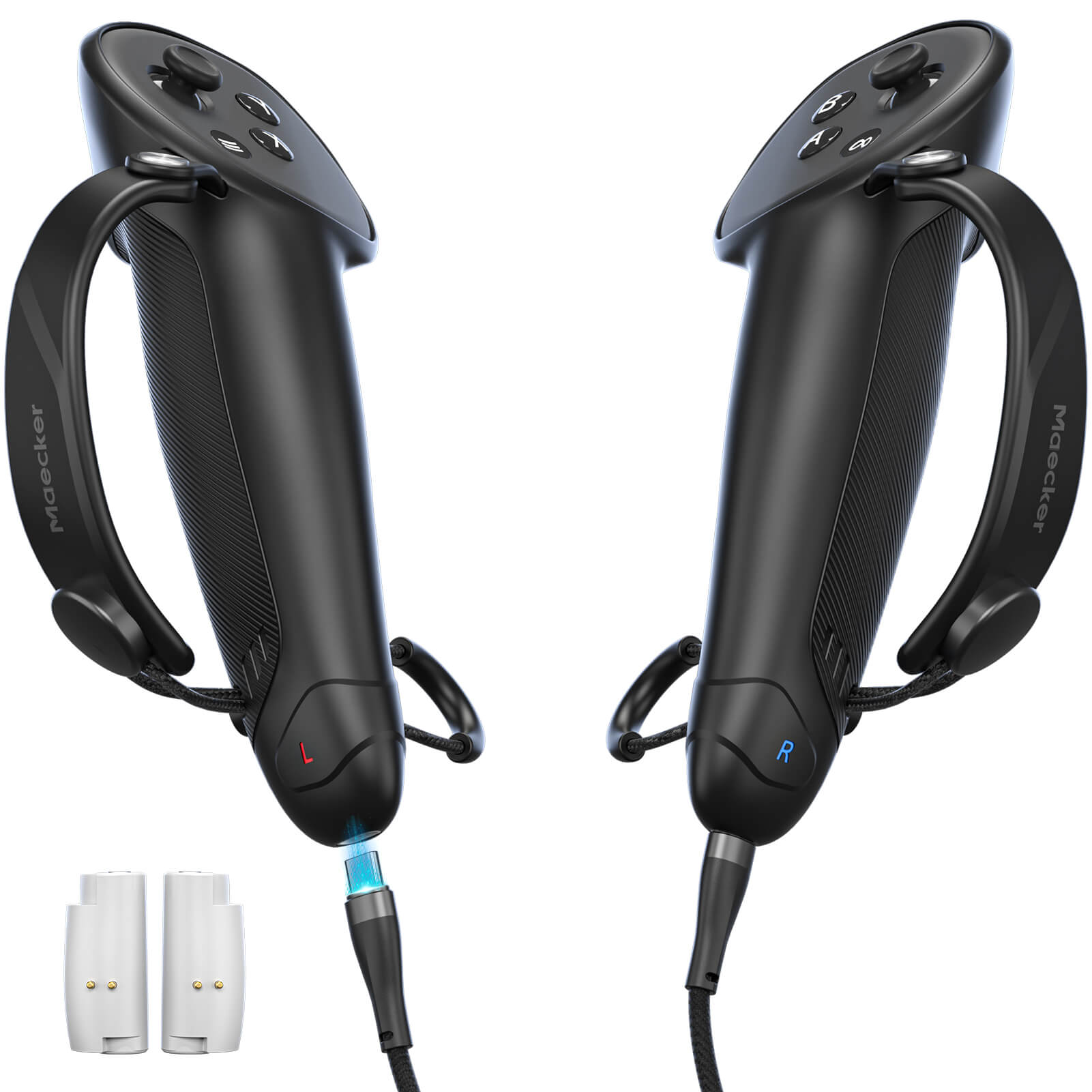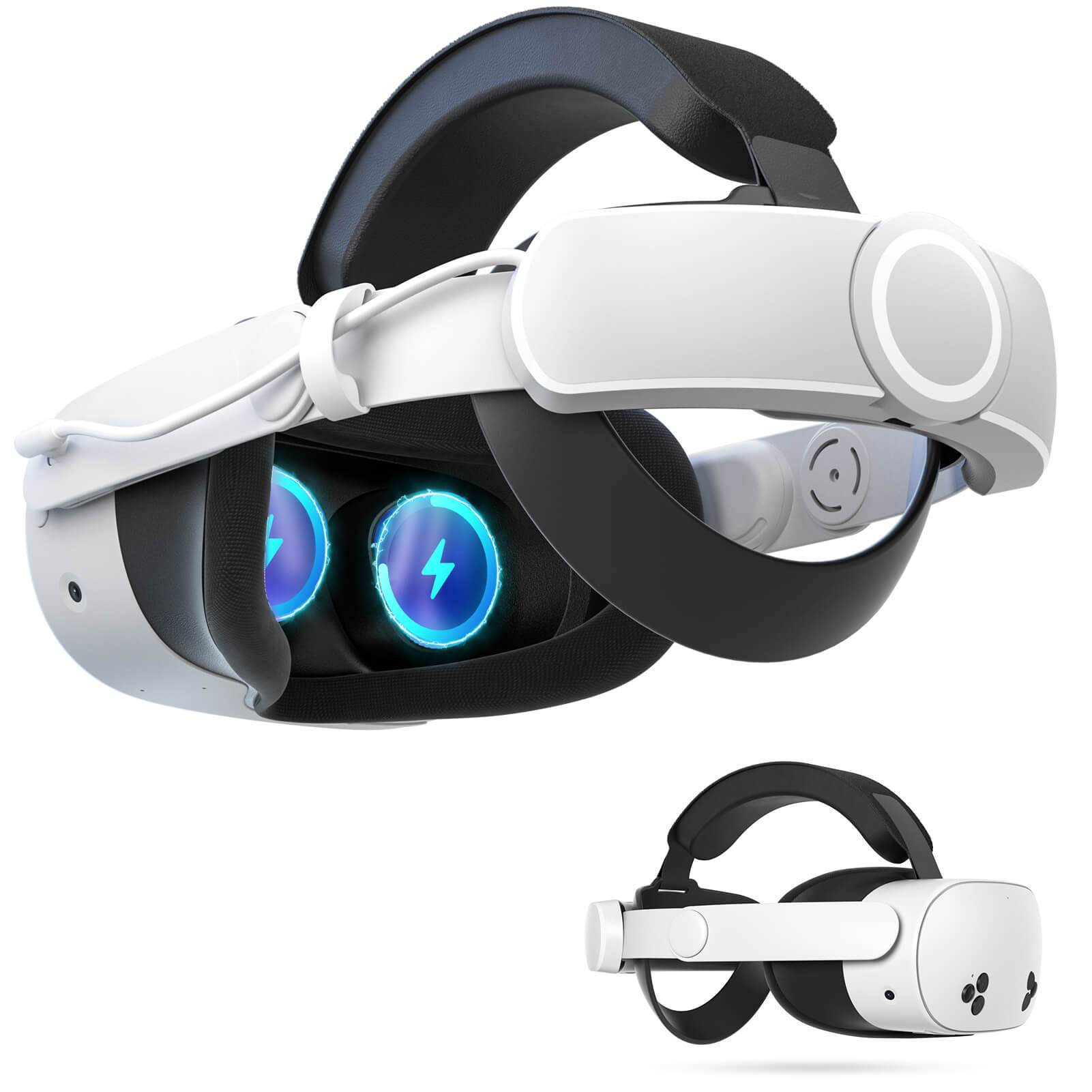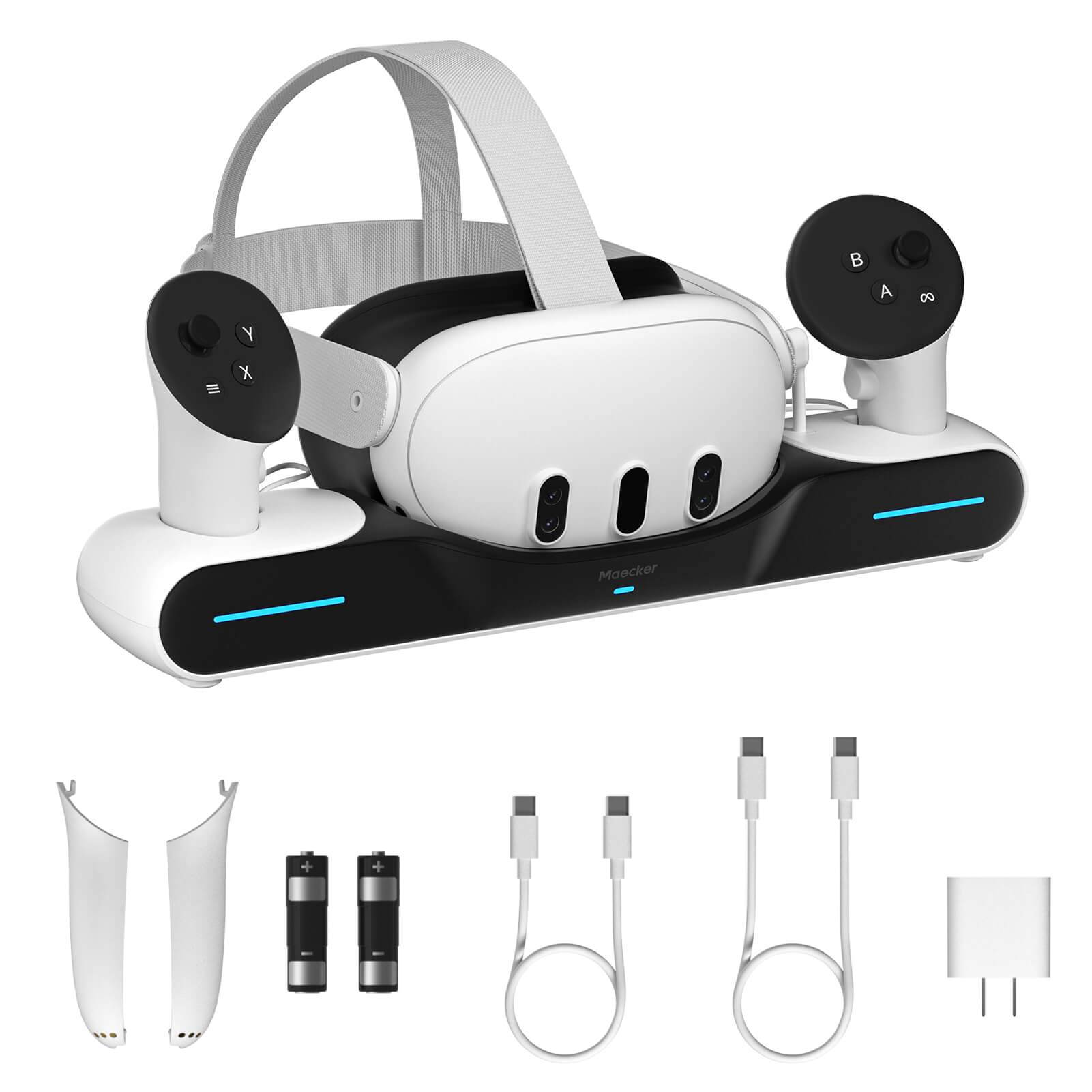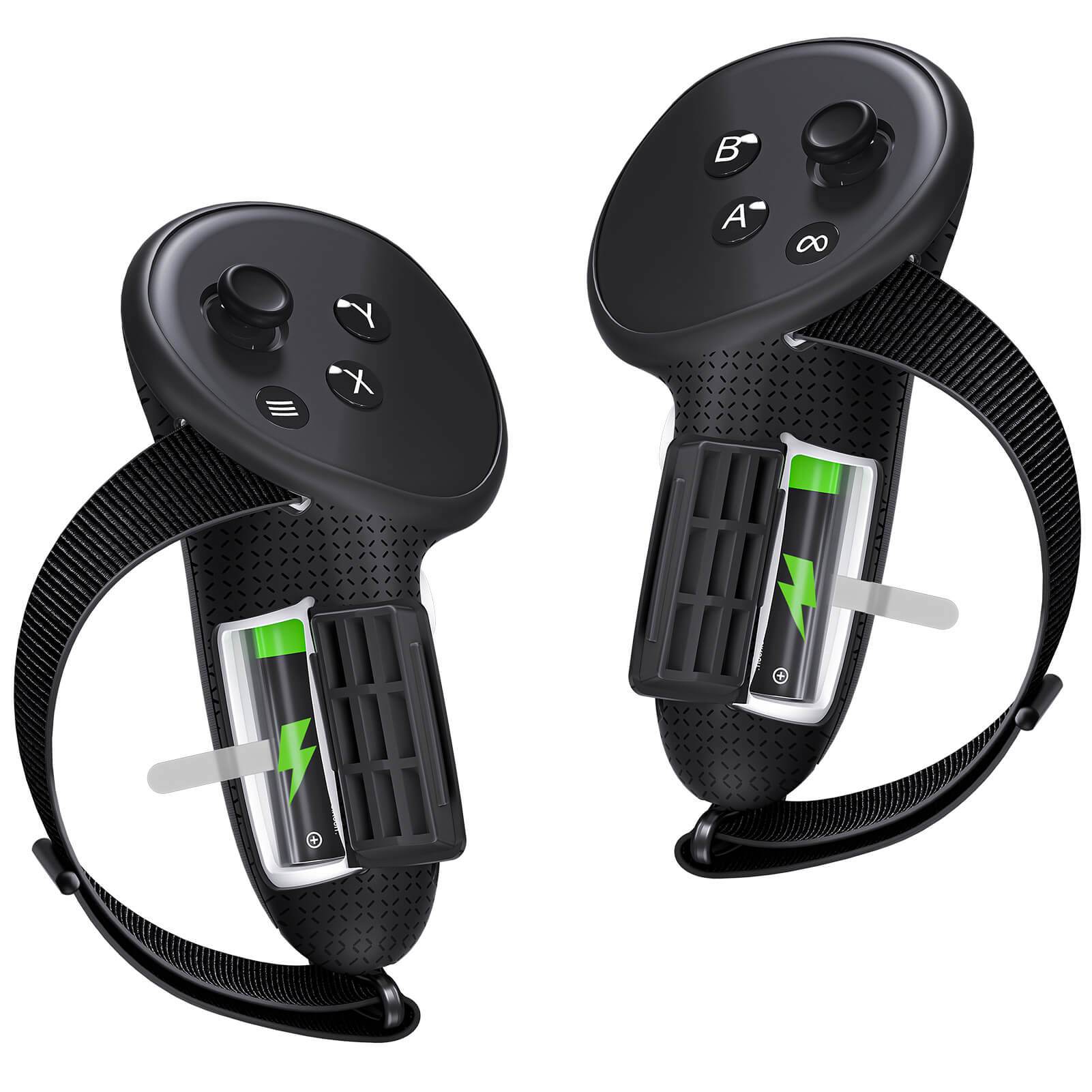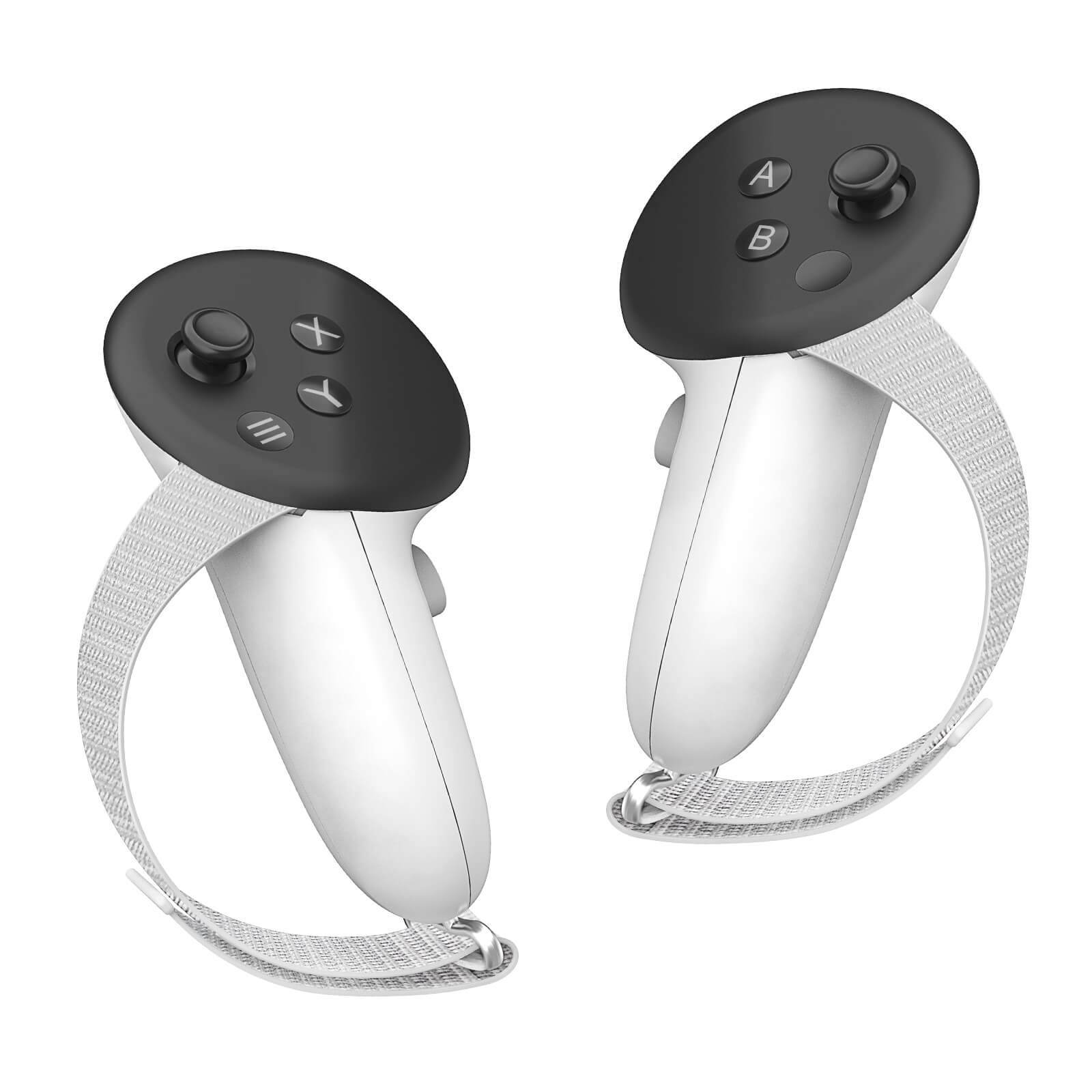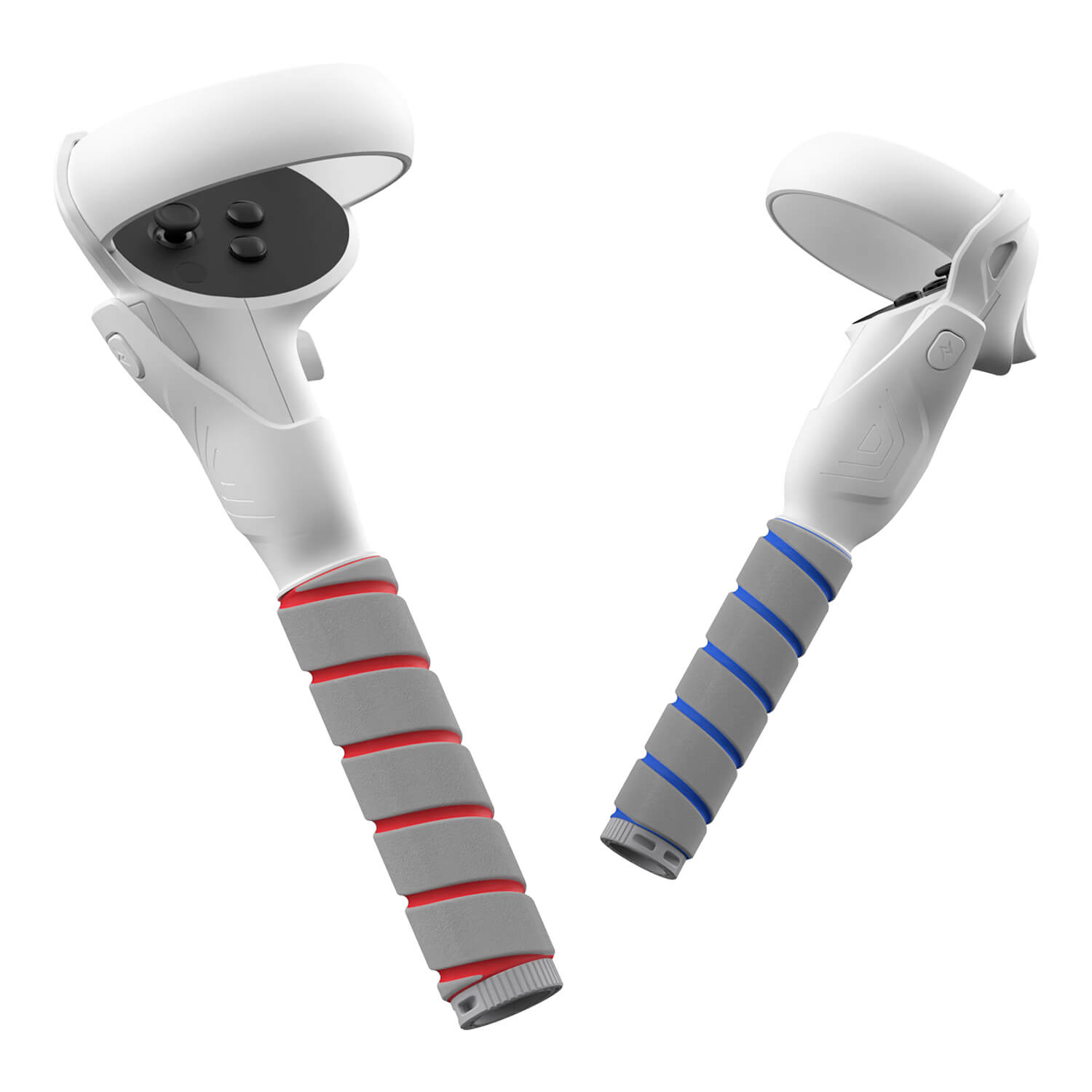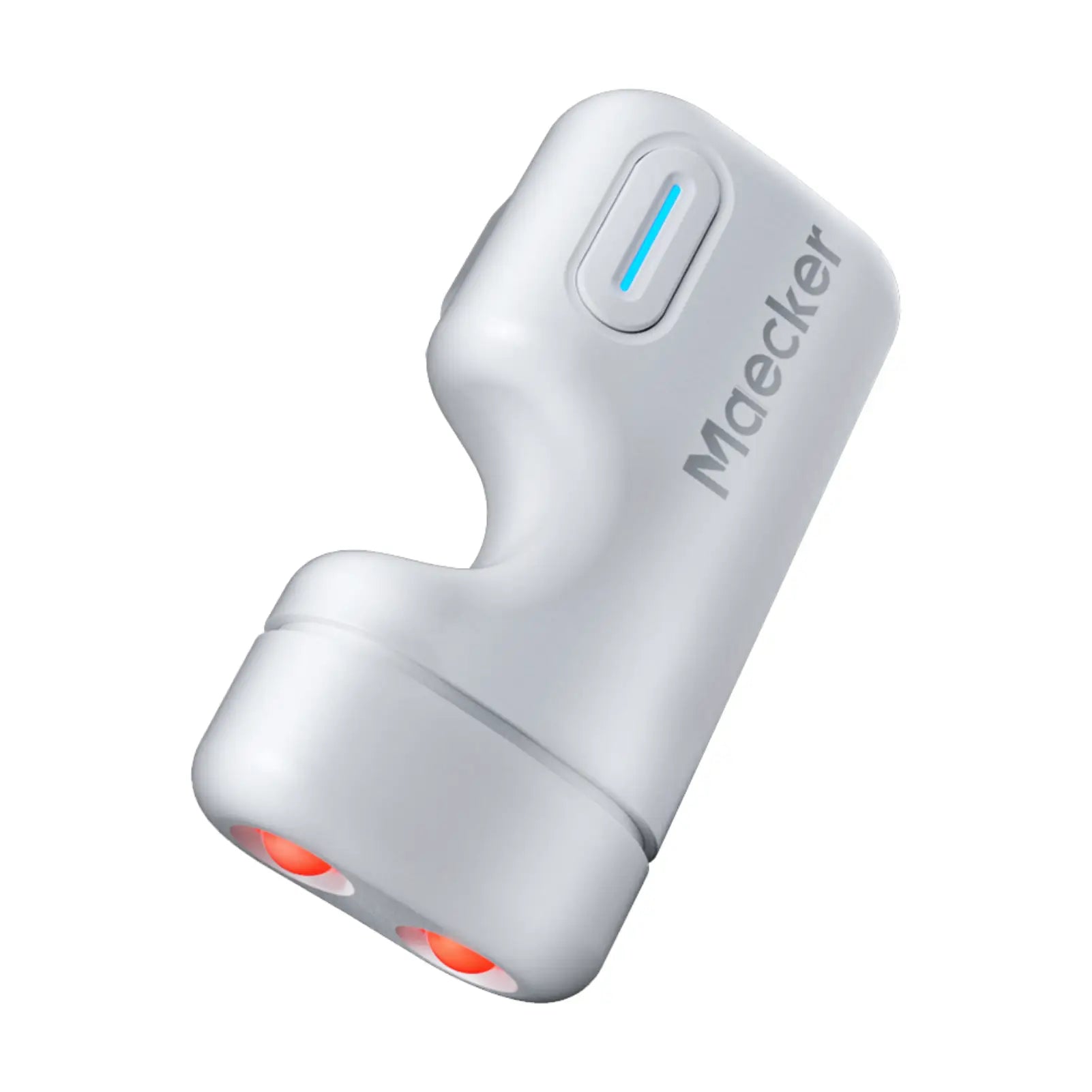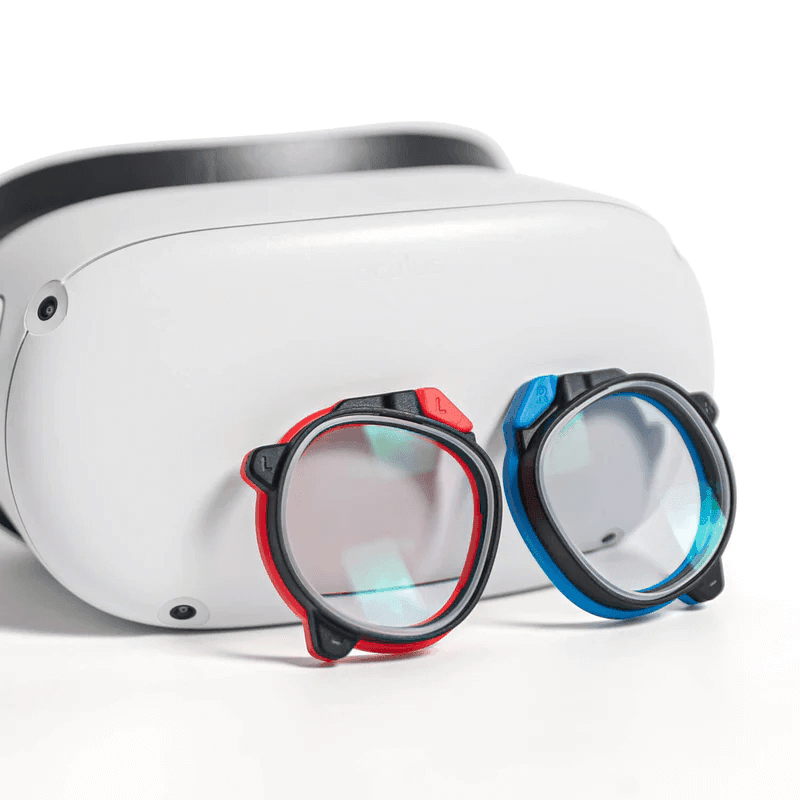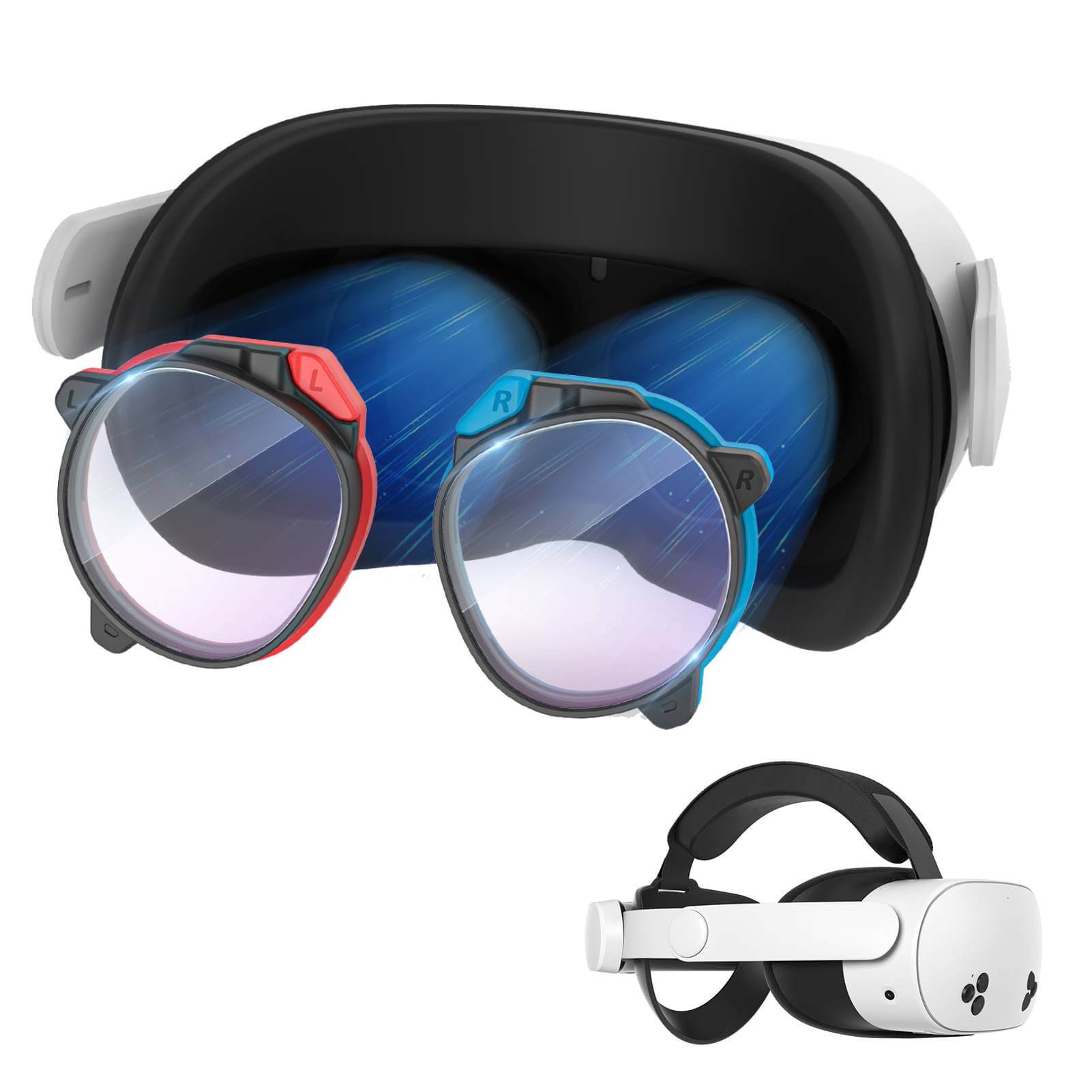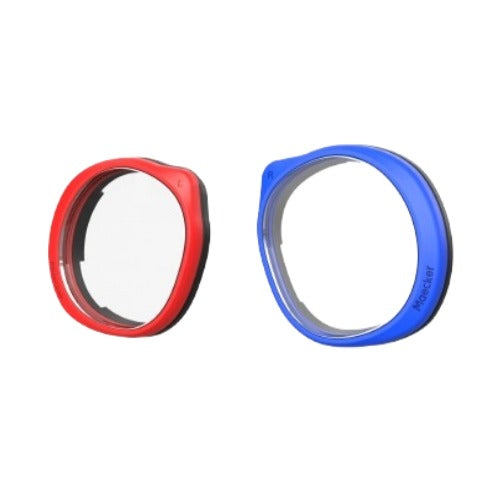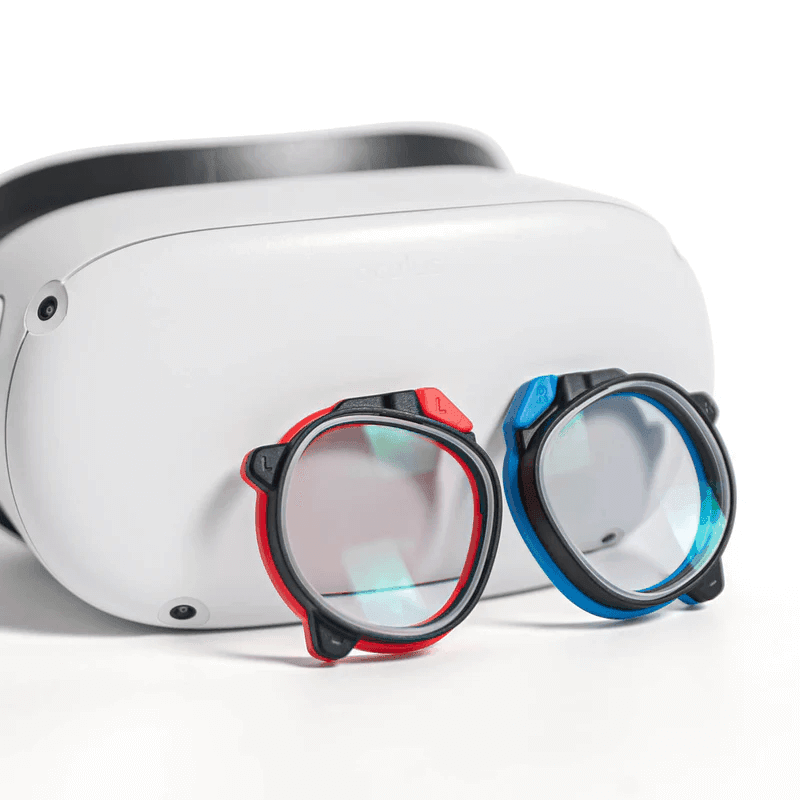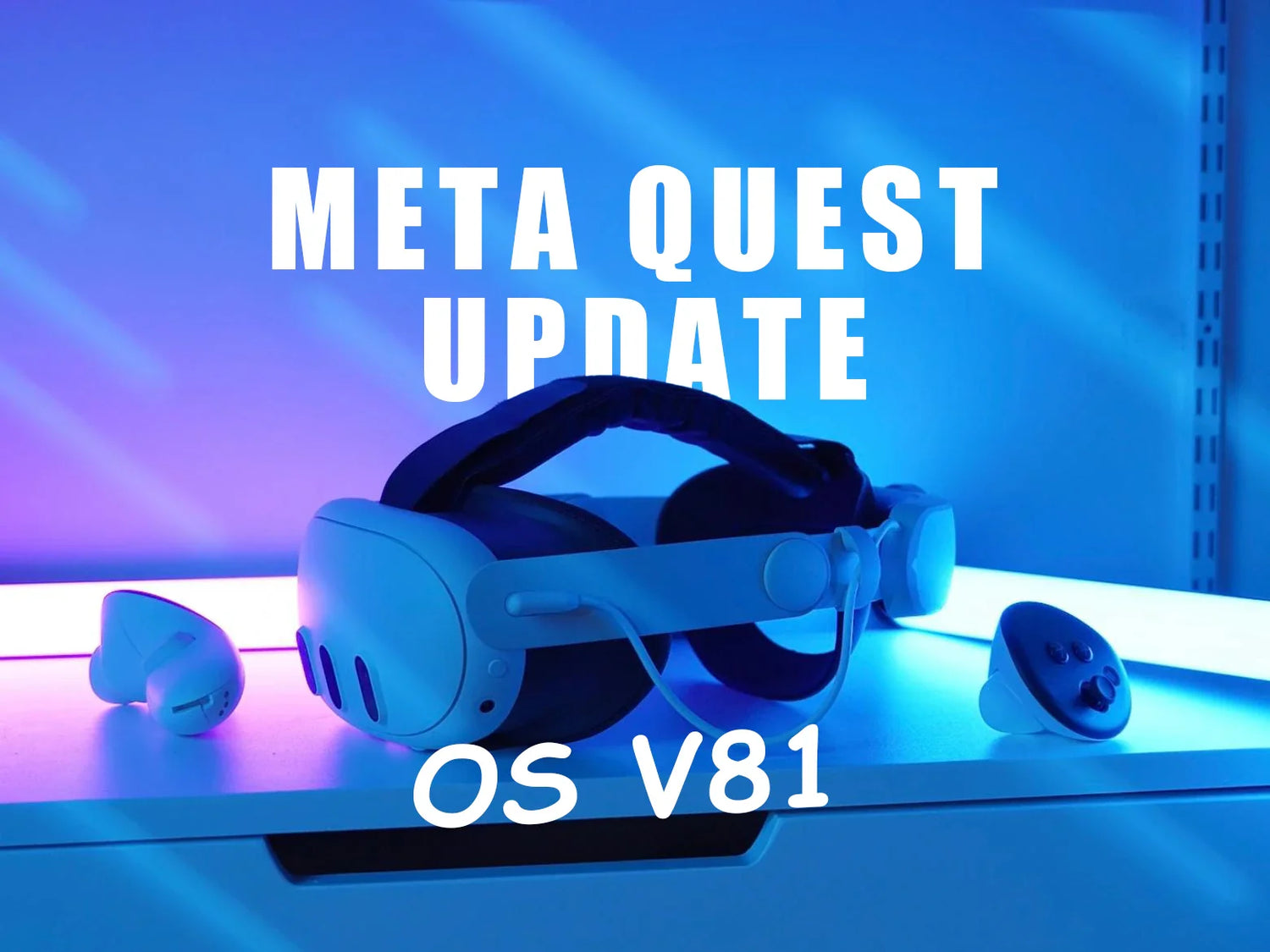Meta a officiellement lancé le déploiement d' Horizon OS v81 , une mise à jour majeure qui révolutionne l'interaction avec votre casque Quest. Avec un environnement Home entièrement repensé et immersif, des outils multitâches plus intelligents et un lancement d'applications plus rapide, cette mise à jour représente l'une des avancées les plus importantes de la plateforme VR de Meta cette année.
Si vous utilisez un Quest 3, un Quest 3S ou un Quest Pro, voici tout ce que vous devez savoir sur les nouvelles fonctionnalités et comment elles peuvent améliorer votre expérience de réalité virtuelle au quotidien.
1. Maison immersive — Votre espace VR personnel fait peau neuve
La nouvelle Maison Immersive remplace les anciens environnements statiques par des univers bien plus dynamiques et visuellement riches. Vous pouvez désormais vous déplacer librement ou vous téléporter à travers des scènes époustouflantes comme Horizon Central , Midnight , Valley ou Oceanarium , chacune conçue avec une profondeur accrue, un éclairage plus réaliste et une interactivité spatiale plus poussée.
Contrairement à avant, vous n'êtes plus limité à un seul endroit. Le nouvel espace personnel ressemble davantage à un véritable centre névralgique, vous permettant d'explorer et de vous repositionner comme dans un espace de réalité virtuelle ouvert. Ce n'est pas qu'un simple menu : c'est un lieu vivant.
💡 Conseil : Prenez quelques minutes pour apprécier le niveau de détail de votre nouvel environnement. Même les petits détails comme les reflets, les ambiances sonores et le mouvement naturel des objets font une différence notable.
Restez immergés, restez alimentés
Des sessions plus longues et plus immersives impliquent également que votre casque doit être prêt à l'emploi dès que l'inspiration vous frappe.
C'est là que la station de charge Maecker Quest 3 / 3S fait la différence.
Conçue pour une utilisation quotidienne pratique, la station d'accueil maintient votre casque et vos manettes chargés et bien rangés, vous évitant ainsi les alertes de batterie faible en pleine partie. Il vous suffit de poser votre casque après avoir joué, et il sera toujours prêt à l'emploi.
Station de recharge Maecker – recharge sans effort, installation soignée, autonomie prolongée.
2. Ancrage de fenêtre — Multitâche plus intelligent en VR
Une autre nouveauté importante de la v81 est l'ancrage des fenêtres , qui vous permet d'épingler les fenêtres d'applications 2D n'importe où dans votre espace virtuel ou de réalité mixte.
Vous souhaitez garder votre tutoriel YouTube ouvert tout en personnalisant votre avatar ? Ou consulter vos messages pendant que vous testez un nouveau jeu VR ? Vous pouvez désormais ancrer les fenêtres directement aux murs ou aux objets, et elles resteront exactement où vous les avez laissées, même après avoir redémarré votre appareil.
Cette fonctionnalité est également disponible en mode Passthrough, vous permettant d'intégrer harmonieusement vos outils numériques à votre environnement réel. Un petit changement qui transforme la VR en un véritable espace de travail, et non plus en une simple plateforme de jeu.
3. Jeu rapide — Lancez-vous dans les parties plus vite que jamais
Personne n'aime attendre les téléchargements. La nouvelle fonctionnalité QuickPlay vous permet de lancer une application avant même la fin de son installation complète.
Meta indique que ce système priorise les fichiers essentiels, réduisant ainsi le temps d'attente initial jusqu'à 50 % . Vous passerez donc moins de temps à attendre la progression et pourrez profiter directement de vos jeux préférés.
Si vous avez toujours rêvé de « juste jouer » sans vous soucier des longues installations, QuickPlay sera une amélioration très appréciable.
💡 Anecdote amusante : QuickPlay fonctionne particulièrement bien pour les titres légers ou épisodiques, où l’accès anticipé à la première section vous permet de commencer pendant que le reste s’installe en arrière-plan.
Toujours prêt — tout comme QuickPlay
QuickPlay vous permet de démarrer plus rapidement, et la station de charge Maecker vous assure une autonomie prolongée.
Grâce à ses points de contact magnétiques et ses indicateurs de charge LED, l'installation et la gestion des câbles deviennent un jeu d'enfant. C'est le partenaire idéal pour les utilisateurs qui aiment les sessions de jeu improvisées : il suffit de prendre son casque, de se lancer, et de le remettre à sa base une fois la partie terminée.
4. Intégration de la réalité virtuelle sur PC — Une seule bibliothèque pour tout
Meta intègre également des titres PC VR à la bibliothèque principale de Quest.
Si vous utilisez Quest Link pour jouer à des jeux VR sur PC, vous les verrez désormais directement dans le menu principal de votre casque ; plus besoin de passer par l’ancienne interface Rift Dash.
C'est un changement subtil mais significatif qui unifie l'écosystème Quest. De plus, grâce au bouton Meta qui affiche désormais l'interface Horizon OS au lieu du Dash, passer du contenu VR PC au contenu autonome devient plus intuitif.
Pour les utilisateurs qui alternent fréquemment entre configurations de bureau et réalité virtuelle autonome, cette amélioration rend l'expérience plus fluide, surtout si leur équipement (y compris le bandeau, la station d'accueil et les câbles) prend en charge les deux modes de manière transparente.
5. Améliorations de l'interface et optimisations du confort d'utilisation
Alors que Meta continue de tester son interface utilisateur expérimentale « Navigator », la société a décidé de conserver le menu universel comme interface par défaut pour le moment, privilégiant la stabilité et la familiarité.
Parmi les autres améliorations subtiles, citons des basculements plus faciles entre la visibilité de l'environnement (passage rapide à la vue réelle par un double clic) et la prise en charge de plusieurs fenêtres d'applications ouvertes simultanément, idéal pour les personnes multitâches qui aiment avoir leurs notes, leur navigateur et leur messagerie instantanée ouverts côte à côte.
6. Ce que cela signifie pour les passionnés de réalité virtuelle
Globalement, Horizon OS v81 ressemble à une mise à jour fondamentale — moins axée sur de nouveaux gadgets tape-à-l'œil que sur l'amélioration de la façon dont vous vivez et travaillez réellement en réalité virtuelle.
- Immersive Home renforce le sentiment de présence.
- Les fenêtres ancrées favorisent la productivité.
- Le mode QuickPlay permet de gagner du temps.
- L'intégration de la réalité virtuelle sur PC élimine les frictions.
Ensemble, ils donnent aux appareils Quest l'impression d'être moins des gadgets isolés et plus des plateformes intégrées pour un usage quotidien, que ce soit pour les jeux, les interactions sociales ou les projets créatifs.
Réflexions finales
Horizon OS v81 n'est pas qu'un simple numéro de version ; c'est un aperçu de la vision de Meta pour l'avenir de la VR : une expérience plus fluide, plus naturelle et plus personnalisée. Pour les utilisateurs de Quest 3 et 3S, c'est l'occasion de vivre une immersion plus intense et plus connectée.
Et tandis que Meta met à jour le logiciel, Maecker continue d'améliorer l'expérience matérielle.
La station de charge Quest 3 / 3S garde votre configuration propre, alimentée et toujours prête, ce qui vous permet de profiter plus facilement et sans interruption de chaque nouvelle fonctionnalité de la v81.
⚡ Offrez à votre casque la mise à jour qu'il mérite. Découvrez la station de charge Maecker Quest 3 / 3S → Profitez d'une réduction exclusive de 20 % en achetant via ce lien — rien que pour vous.

